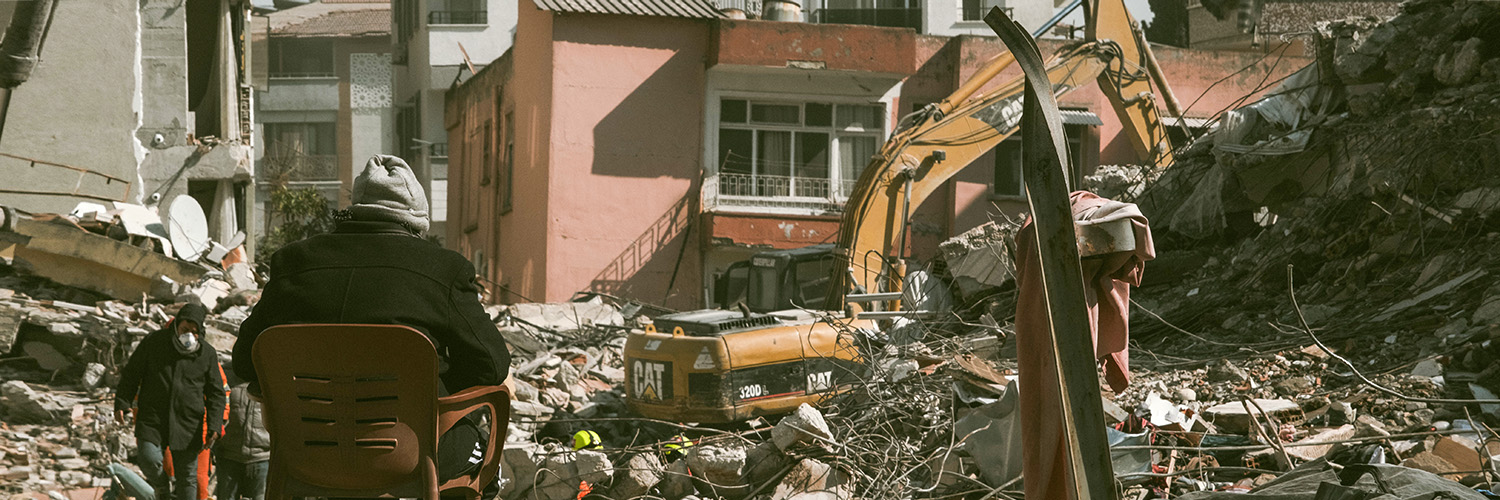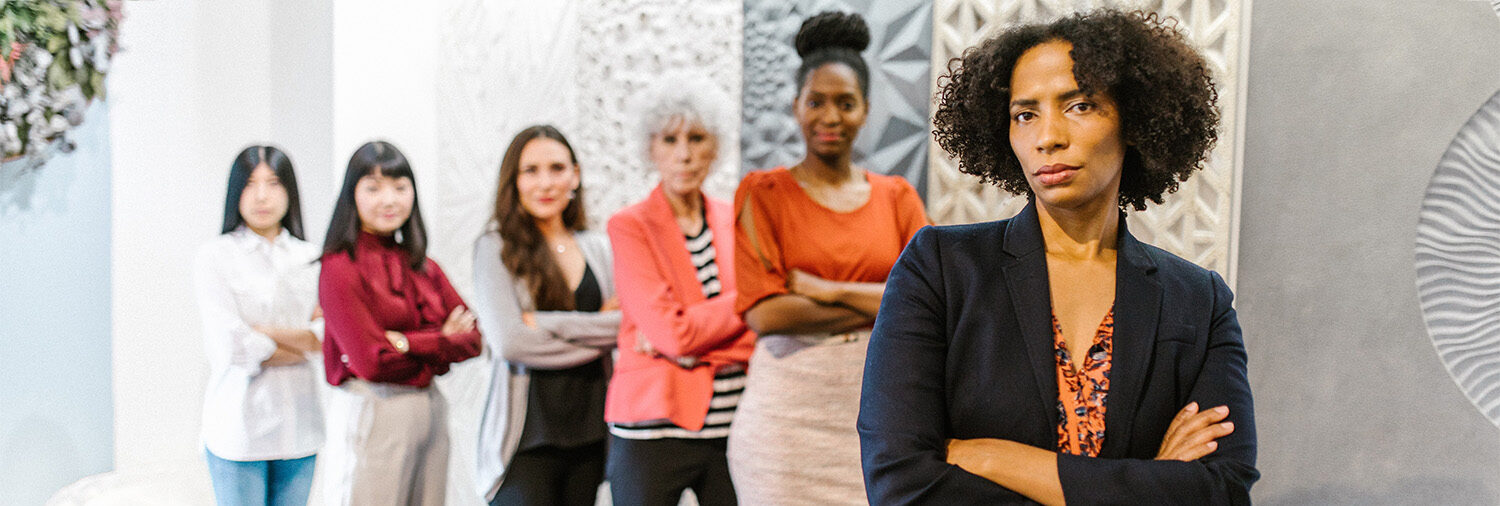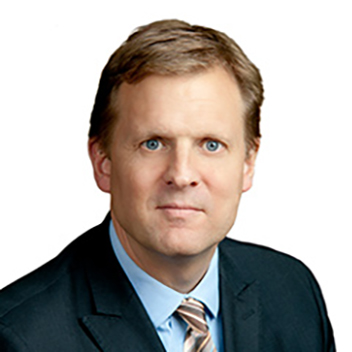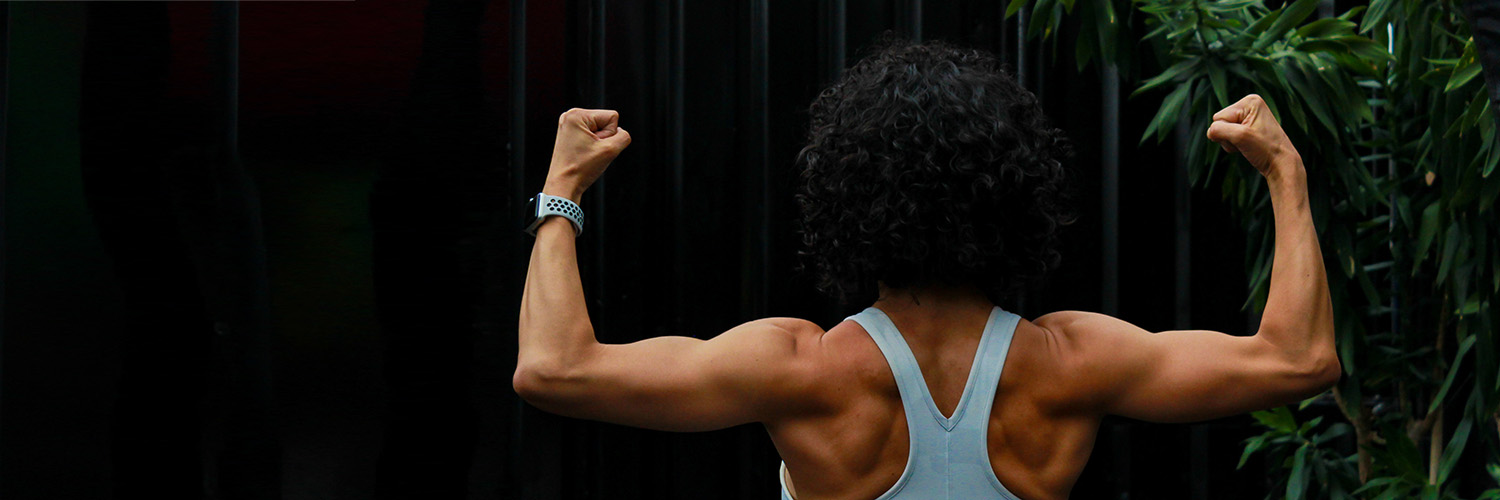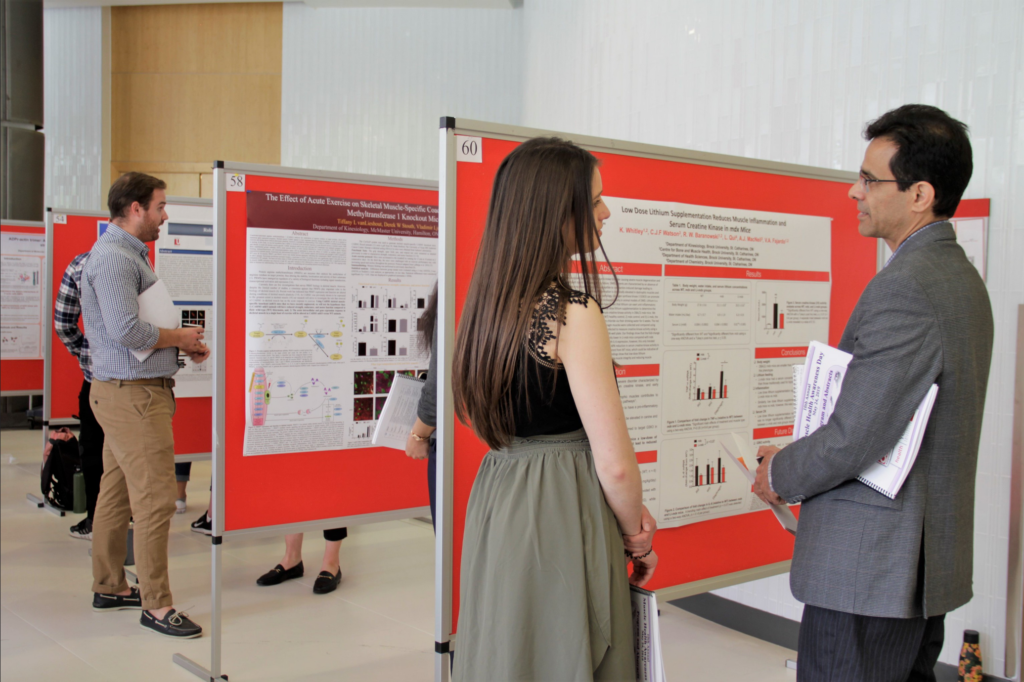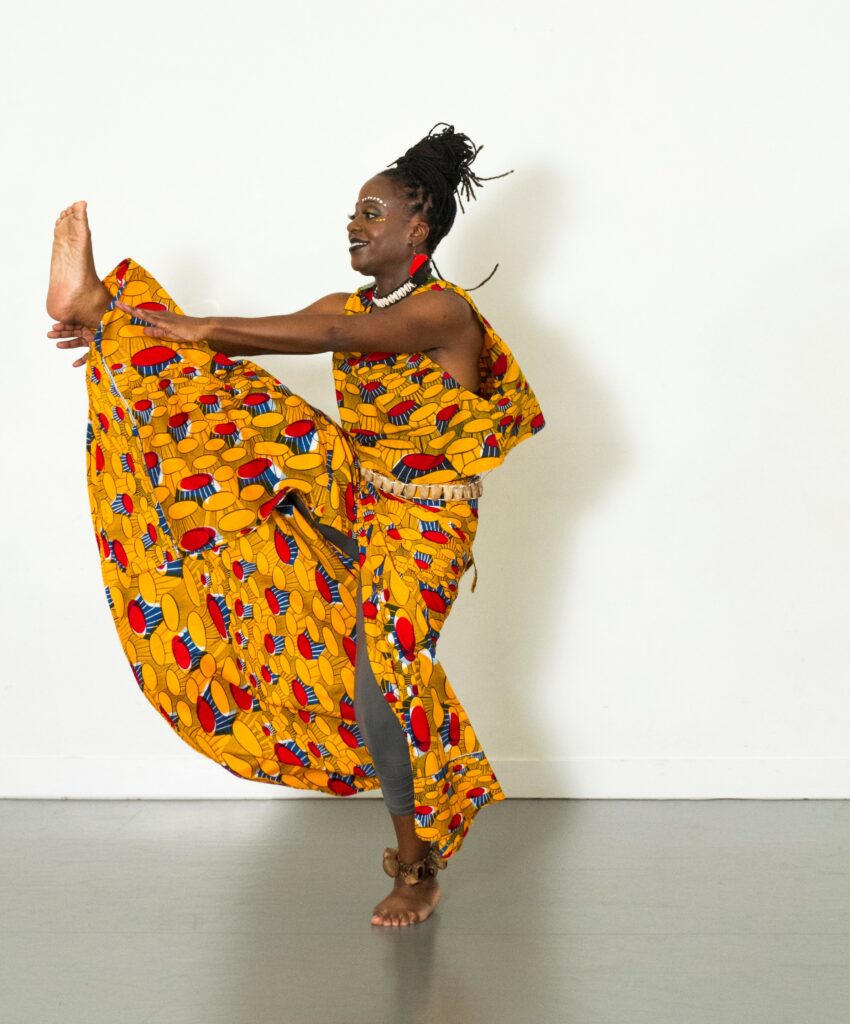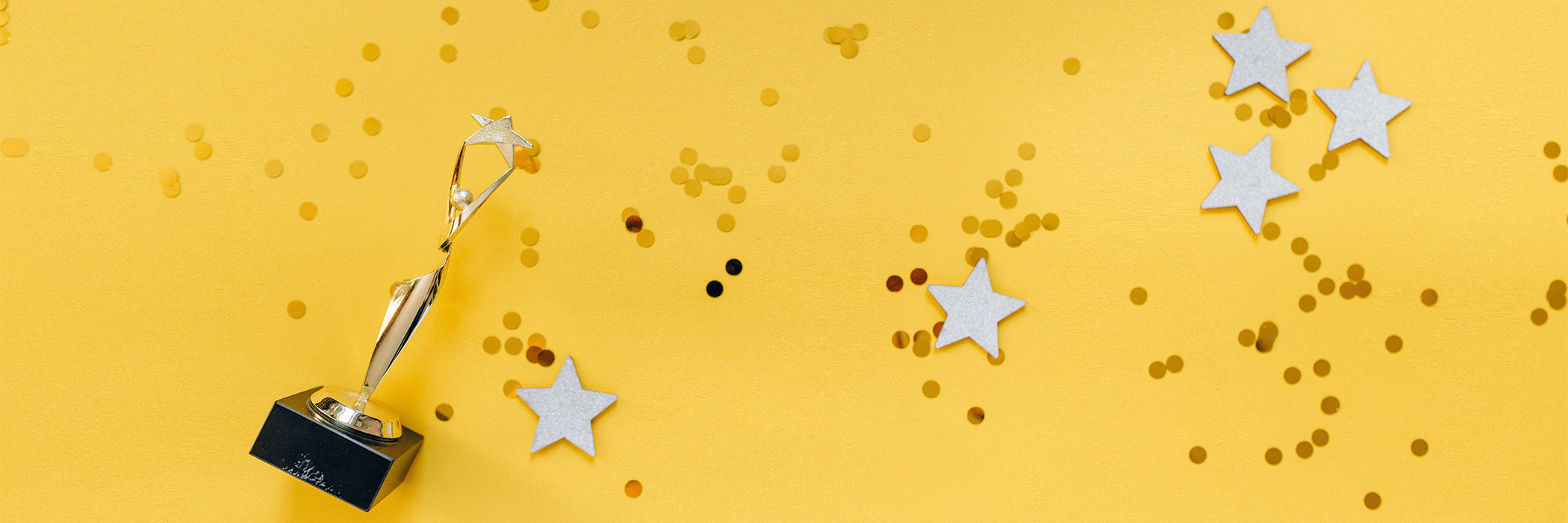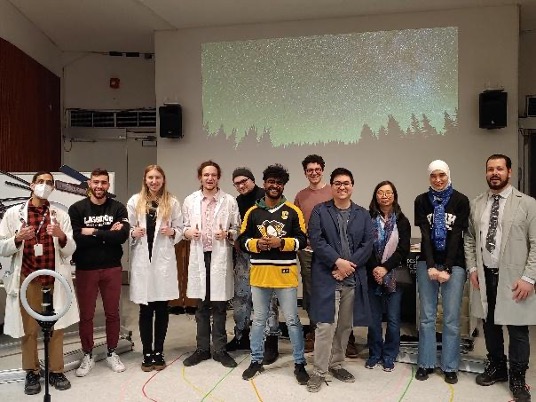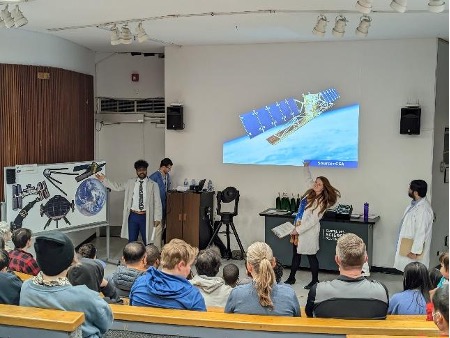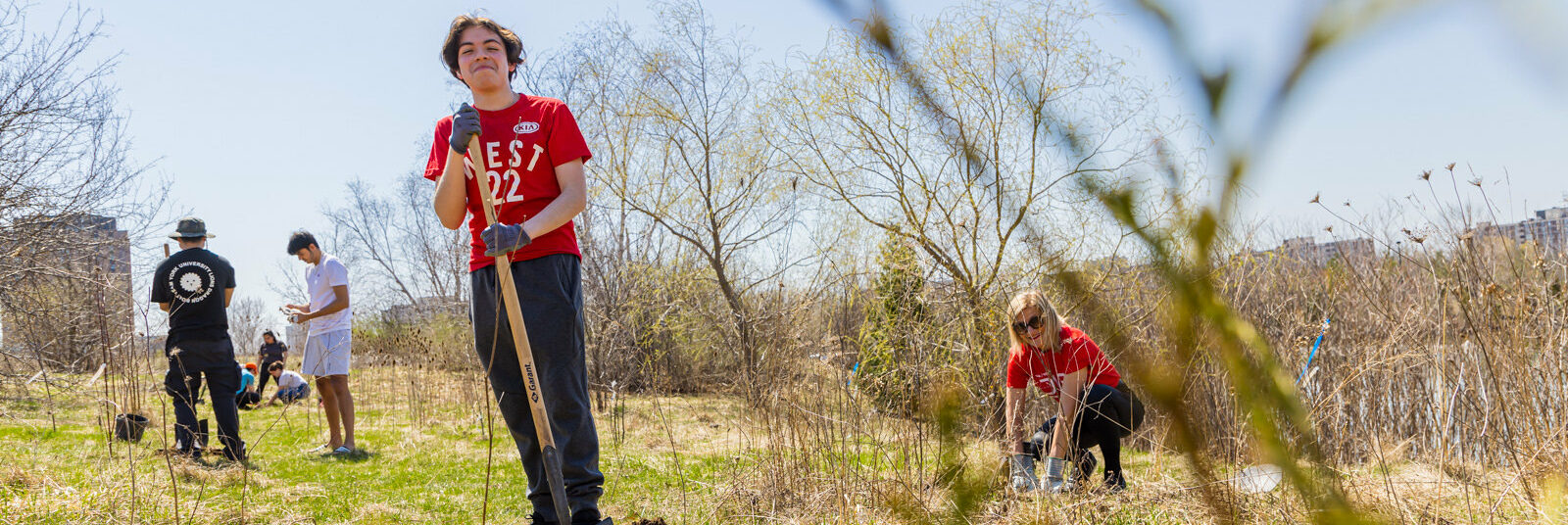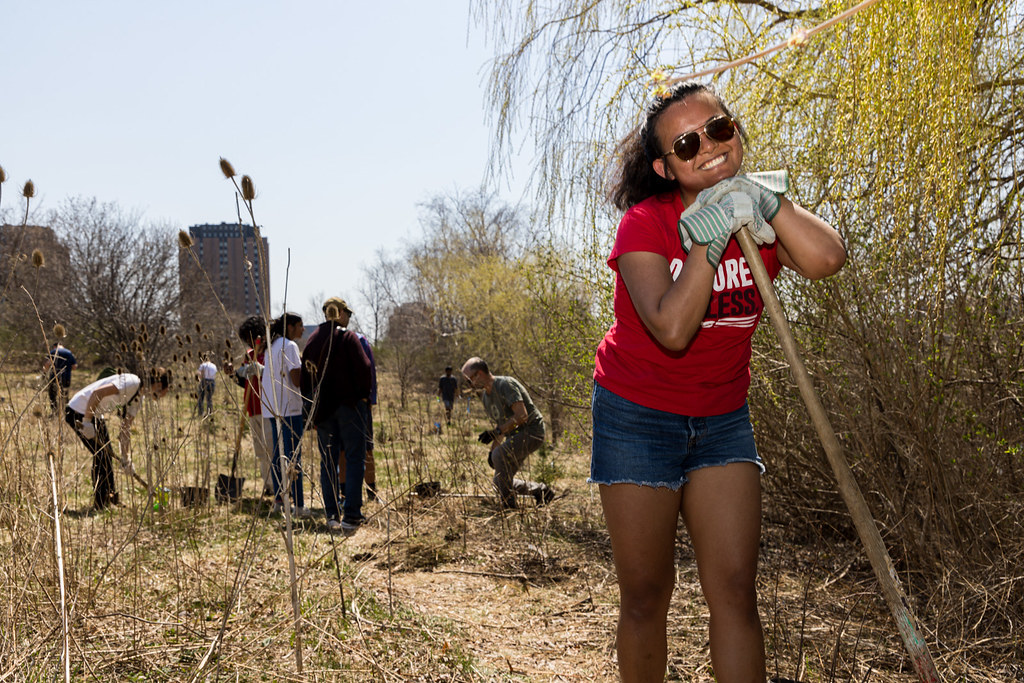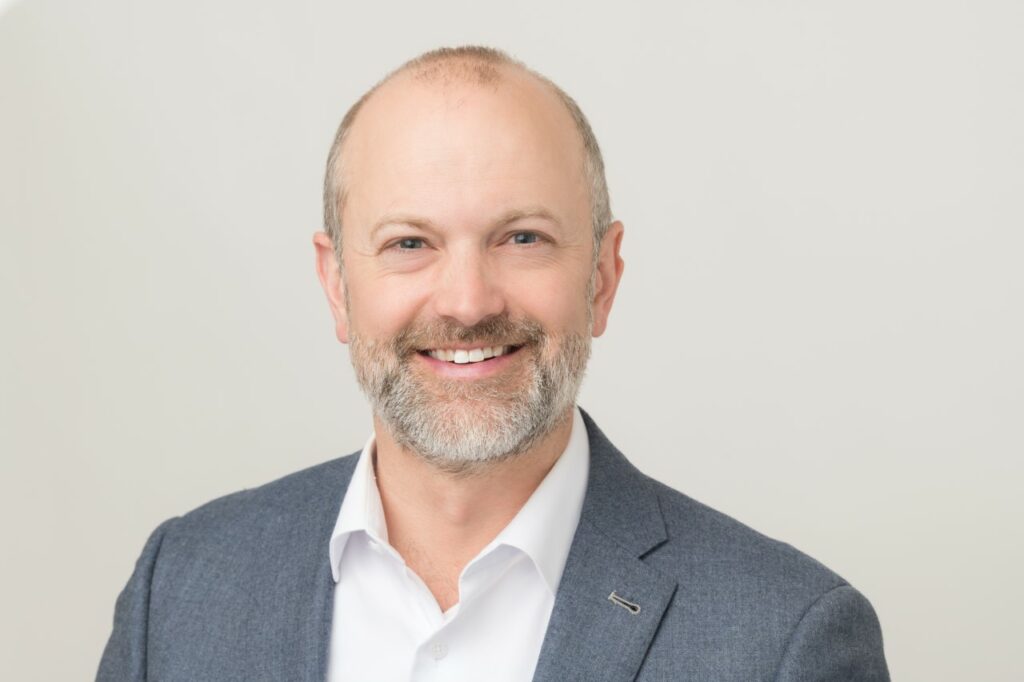A two-part virtual symposium will examine the responses of Canada and other cooperating countries to the recent crises in Turkiye and Syria resulting from the Feb. 6 earthquake. The symposium will strive to create better understanding of barriers to deploying humanitarian resources internationally on May 3 from 11 a.m. to 1 p.m.
Hosted by CIFAL York and Y-EMERGE, the “Canada’s Response to Earthquake in Turkiye and Syria” symposium features a range of confirmed guest speakers from agencies such as International Development and Relief Foundation Canada (IDRF) and Samaritan’s Purse International Disaster Relief, as well as potential appearances by featured guests from Care Canada, Canadian Red Cross, Islamic Relief Canada and Global Medic.
The February earthquake was among the deadliest natural disasters of the century, spanning multiple countries and resulting in the deaths of nearly 60,000 people, with over two million more being injured or displaced. To mitigate the effects of this catastrophe, 105 countries, including Canada, pledged to support those in need and contribute to humanitarian aid efforts.
Designed to engage academics, students, policymakers, first-responders and the general public, the symposium will analyze and critique Canada’s ongoing response to the earthquake in order to better understand and surmount emergency response obstacles in the future.
The first instalment of this series, titled “Canadian NGOs Response to the Earthquake in Turkiye & Syria” focuses on the role of Canada’s non-governmental organizations and highlights opportunities for collaboration between public and private sector actors. Speakers Rebecca Tjon-Aloi and Hanan Maolim, of the Programs and Operations Office at the IDRF, will explain how their foundation responded to the earthquake and share lessons learned for future emergency responses. Melanie Wubs, technical specialist in the International Health Unit at Samaritan’s Purse, will also explore cross- and multi-sectoral cooperation in humanitarian responses.
The second instalment of the symposium, titled “Canadian Government Response to the Earthquake in Turkiye & Syria” takes place on June 14, with guest speakers to be announced at a later date.
Free registration for these online events is required. For more information on the symposium and featured guest speakers, click here.
About CIFAL:
CIFAL York is part of the United Nations Institute for Training and Research (UNITAR) global network of training centres for knowledge-sharing, training and capacity-building for public and private leaders, local authorities and civil society. CIFAL Centres are local and regional hubs for innovative, participatory and co-creative knowledge exchange opportunities to support decision-making processes, build capacity and accelerate the implementation of Sustainable Development Goals. Established in 2020, CIFAL York started its operation in June 2021 as the first CIFAL Centre in Canada. Health and development training and knowledge sharing is among the key focusing areas of CIFAL York.


